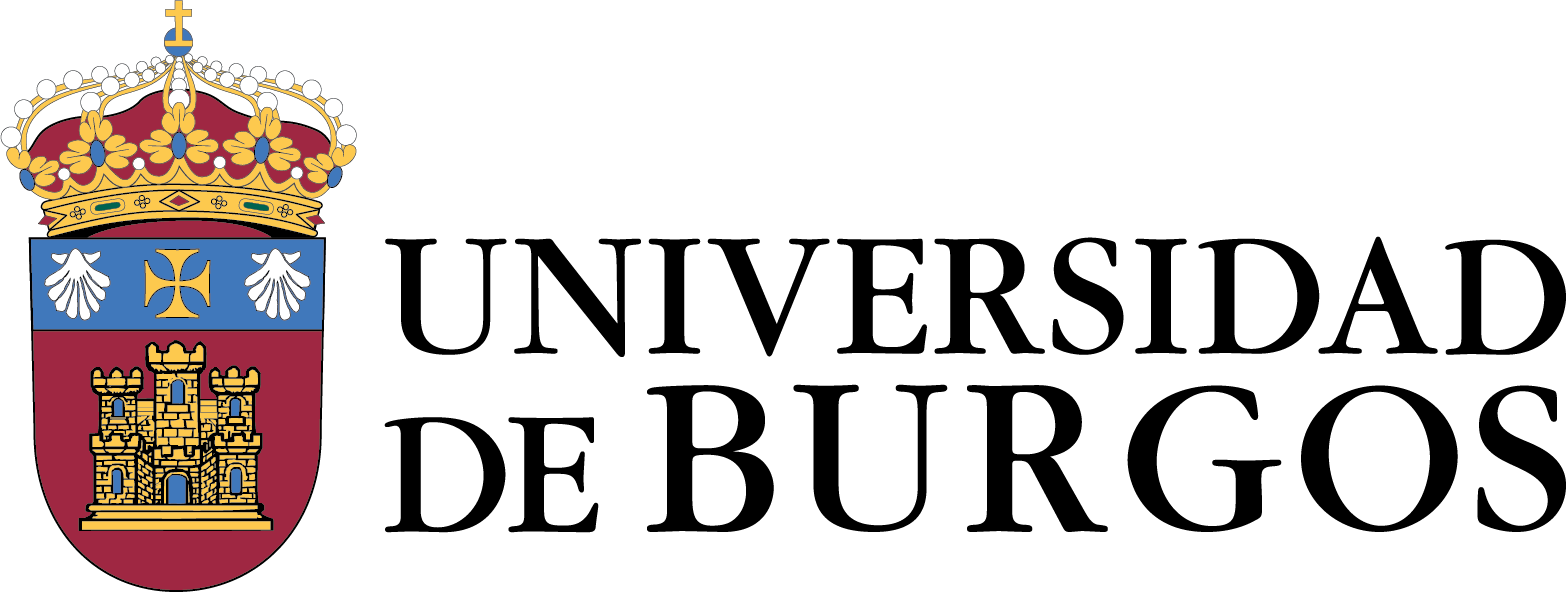More than 60 professionals participated in the SMARTART Multiplier Event
2 Jun 2022
Coordinated by the University of Burgos, its training and learning results for adults are spectacular.
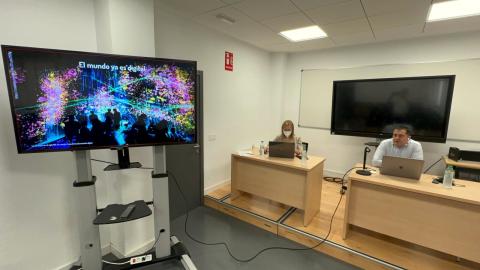
More than seventy professionals from different fields of knowledge participated in the SmartArt Project's Multiplier Event, including psychologists in professional practice, secondary education teachers of different specialities from Burgos, Soria, Valladolid and Salamanca, the head of the Cultural Department of Burgos City Council, the Director of the Moll Institute in Madrid, a member of the Official College of Psychologists of Burgos, HUBU doctors, consultants, Caritas professionals and professionals from the Salamanca Provincial Council.
The event was held in two sessions, online and in person, with the collaboration of the CFIE of the Provincial Directorate of Education of Burgos and the Official College of Psychologists of Castilla y León, The inaugural conference was given by PhD. Francisco José García Peñalvo, Delegate of the Rector for Digital Teaching at the Universidad de Salamanca, Professor in the Department of Computer Science, Director of the Research Group Recognised by the USAL (and Group of Excellence of Castilla y León) GRIAL (Research Group in InterAction and eLearning) and Director of the Consolidated Research Unit of the Junta de Castilla y León (UIC 81).
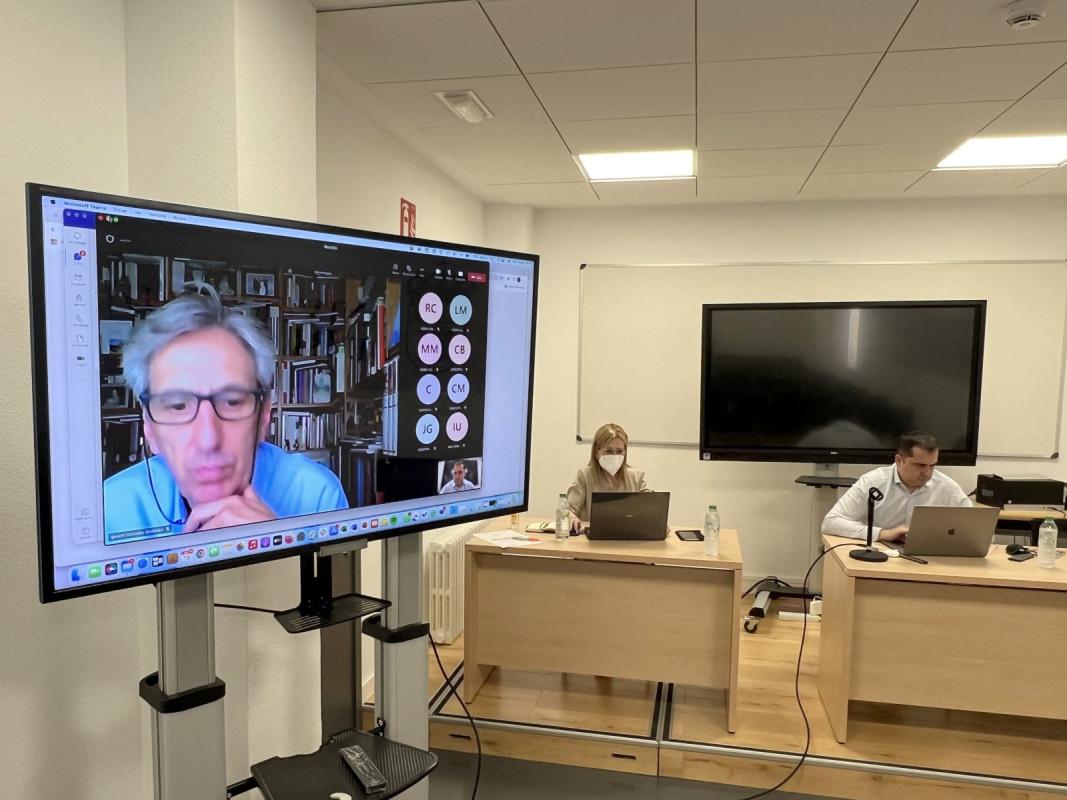
PhD. García Peñalvo spoke on "Teaching in the 21st century: a path towards digital transformation". This session also featured presentations by PhD. Miguel Ángel Queiruga Dios, lecturer in the Department of Specific Didactics at the University of Burgos, who dealt with the topic: "Use of active methodologies for learning in virtual spaces: an example in STEM teaching. Results of the IO1 SmartArt project"9 and PhD. María Consuelo Sáiz Manzanares, lecturer at the University of Burgos in the Department of Health Sciences and director of GIR DATAHES and UIC 348 of Castilla y León, who addressed the topic: "Use of active methodologies for learning in virtual spaces: an example in the area of Health Sciences. Results of the IO1 SmartArt project". Also, Mr. Javier Sancho Varela, director of the SME Bjaland, explained the technological development applied in the Virtual Learning platform used in the SmartArt project.
The second session dealt with the topics "Design of learning materials from the use of avatars and gamification techniques: an example in Art History. Results of the IO1 Smart Art project", a lecture given by PhD. María José Zaparaín Yánez, lecturer in the Department of History, Geography and Communication, and "Use of eye tracking technology for the analysis of students' learning patterns: an aid for personalised teaching. Results of the IO2 SmartArt project" by Professor Sáiz-Manzanares. The event was closed by the Vice-Rector for Teaching and Digital Education of the University of Burgos, Begoña Prieto Moreno.
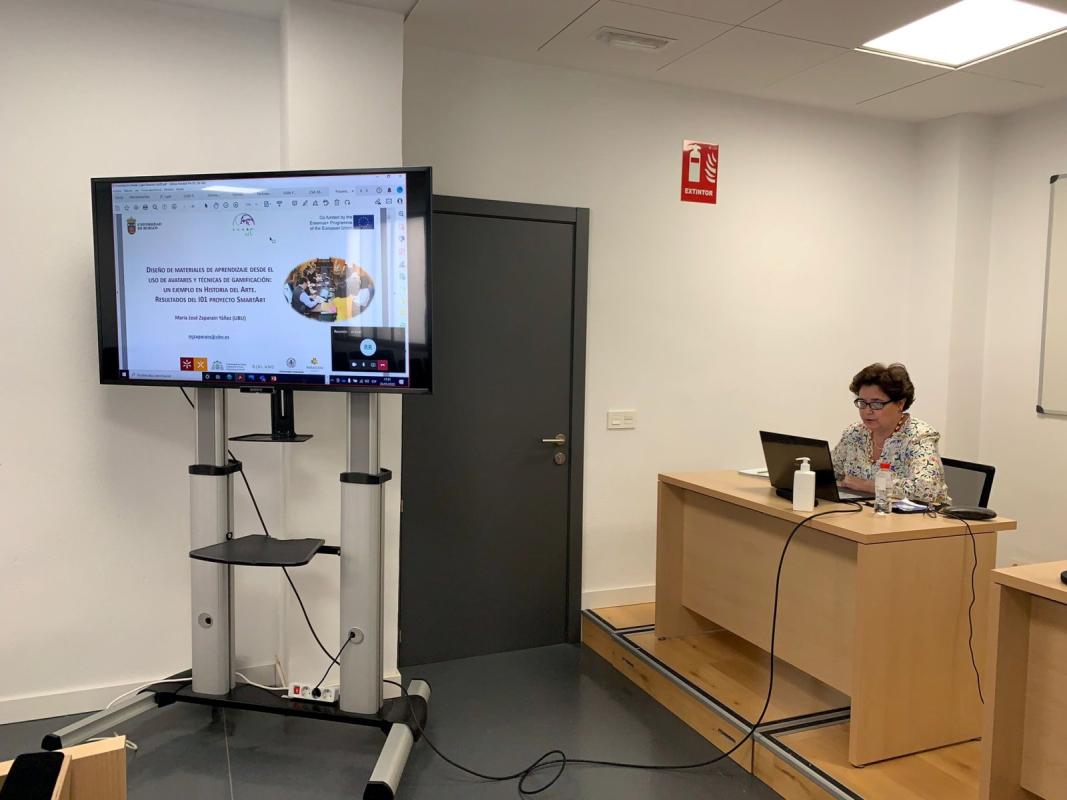
Several Materials
The project, co-funded by the European Union and coordinated by the University of Burgos, Self-Regulated Learning in
Burgos, Self-Regulated Learning in SmartArt-SmartArt-, has as its general objective the development of digital materials based on self-regulation for its application to the training of adults in the field of Art History and Cultural Heritage. In addition, as specific objectives, it establishes the generalisation and transfer of the learning methodology developed to other branches of knowledge, Health Sciences and STEM teaching.
The SmartArt project makes the following intellectual products available to society in general:
- First intellectual product (PDF 17,6MB) on the origin of monasteries in Europe, aimed at teaching adults in non-formal Education.
- First intellectual product of transfer (PDF 4,3MB) on the origin of monasteries in Europe, aimed at the teaching of children in Pre-school and Primary Education.
- First intellectual product of enrichment (17,6MB) on Neuropsychology concepts, aimed at teaching university students of Health Sciences.
- Second intellectual enrichment product (17,3MB) on Classical Sculpture, aimed at teaching adults in non-formal education.
- Third intellectual enrichment product (PDF 8,2MB) on STEM concepts related to the learning of physics, aimed at the teaching of Secondary Education students.
- Development of a Virtual Learning Classroom (PDF 1,1MB) for the implementation of the different intellectual products, whose manual can be consulted in the link.
All of them can be downloaded in three languages (Spanish, English and Portuguese) free of charge from the project website in the Results section.
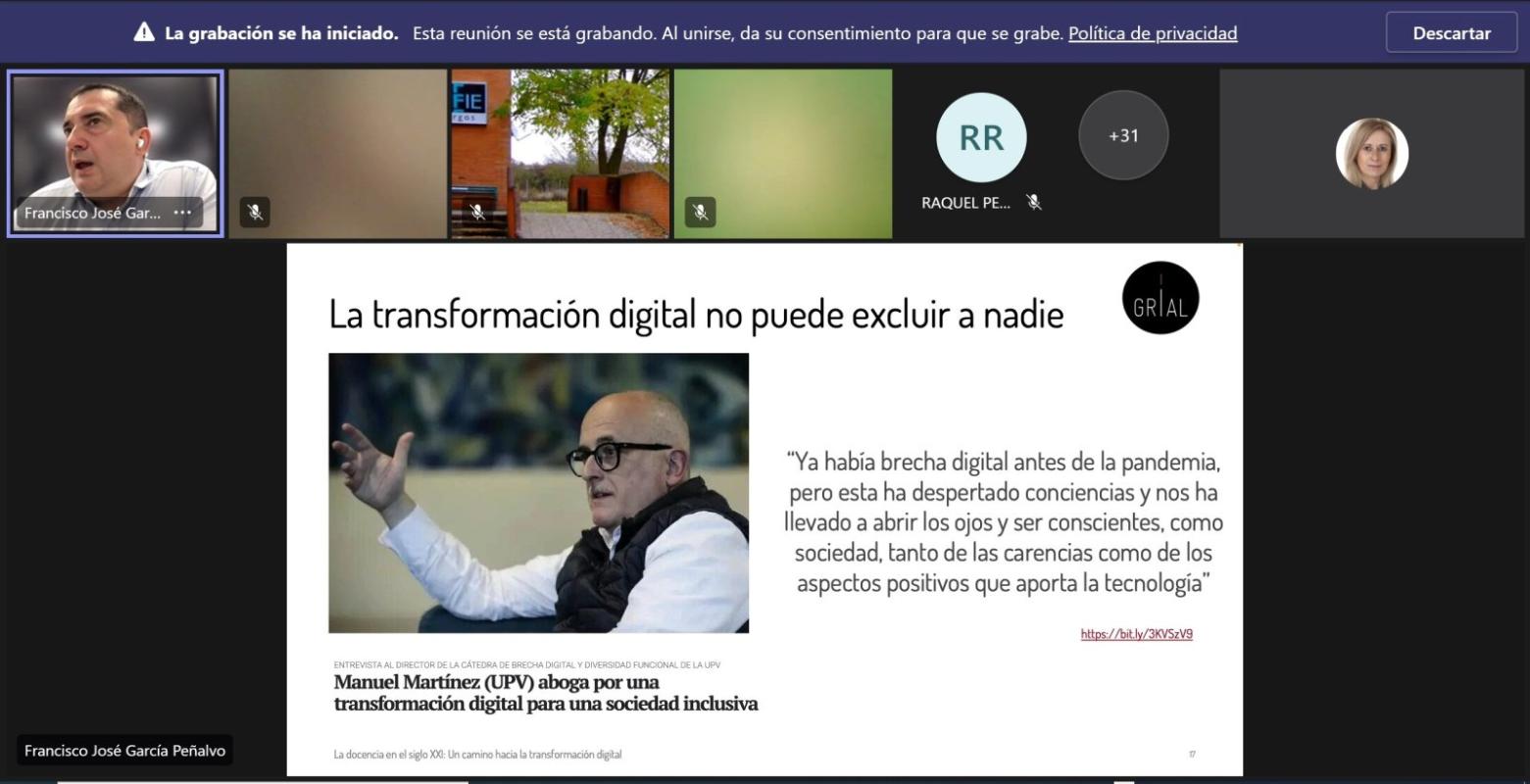 In addition, the SmartArt project has developed different research actions that have led to scientific publications in journals indexed in WOS, among which the following stand out:
In addition, the SmartArt project has developed different research actions that have led to scientific publications in journals indexed in WOS, among which the following stand out:
Sáiz-Manzanares, M.C., Payo-Hernanz, R., Zaparaín-Yáñez, M.J., Andres-López, G., Marticorena-Sánchez, R., Calvo-Rodríguez, A., Martín, C., & Rodríguez-Arribas, S. (2021). Eye-tracking Technology and Data-mining Techniques used for a Behavioral Analysis of Adults engaged in Learning Processes. Journal of Visualized Experiments, e62103.
All of them reinforce the conclusions of the effectiveness in learning outcomes of using self-regulated learning in the context of digitised learning environments. They also highlight the use of resources for the analysis of teaching-learning processes, such as eye tracking technology and the application of Machine Learning techniques, in the detection of learning patterns for the development of personalised proposals.
Finally, it is worth highlighting the satisfaction perceived by the participants regarding the productivity, quality and application of the results of the SmartArt project. This work has been possible thanks to the intra and interdisciplinary nature of the members of the Strategic Partnership (University of Burgos, University of Oviedo, University of Minho, University of Valladolid, SMEs Paragon and Bjaland) and the support of the OTRI of the University of Burgos.
